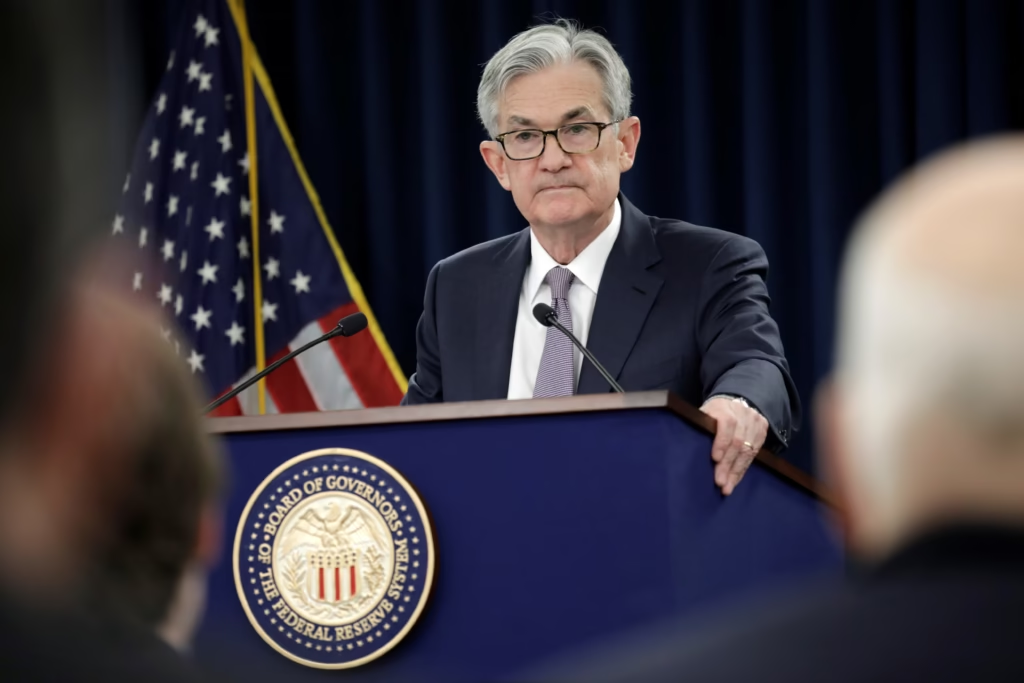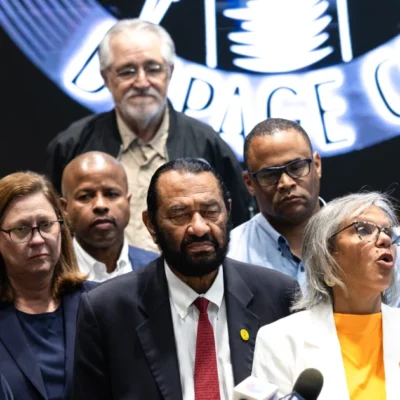Jerome Powell, the Chair of the U.S. Federal Reserve, is one of the most influential figures in global finance. His decisions impact interest rates, inflation, employment, and overall economic stability. From his early career to his leadership during crises like the COVID-19 pandemic and inflation spikes, Powell’s policies have shaped America’s financial landscape. This article explores his journey, economic philosophy, and impact on the U.S. economy.
Early Life and Education
Born on February 4, 1953, in Washington, D.C., Jerome Hayden Powell grew up in an academically inclined family. He attended Georgetown Preparatory School before earning a Bachelor of Arts in politics from Princeton University in 1975. He later pursued a Juris Doctor (J.D.) degree from Georgetown University Law Center, where he also served as editor-in-chief of the Georgetown Law Journal.
While Powell’s academic background was in law rather than economics, his later career in investment banking and public service equipped him with a deep understanding of financial markets and monetary policy.
Early Career in Law and Finance
Powell began his professional career as a lawyer before transitioning into finance. From 1984 to 1990, he worked at Dillon, Read & Co., a prestigious investment banking firm, where he gained expertise in financial markets. His transition from law to finance proved significant as he later played a crucial role in economic policymaking.
Powell’s experience in government began in 1990 when he joined the U.S. Treasury Department under President George H.W. Bush. He served as the Under Secretary of the Treasury for Domestic Finance, where he managed policies related to financial institutions and Treasury debt markets. His tenure provided firsthand exposure to economic policymaking at the highest levels.
Entry into the Federal Reserve
Powell returned to the private sector in the late 1990s, serving as a partner at The Carlyle Group, a global investment firm. However, his public service continued when President Barack Obama appointed him to the Federal Reserve Board of Governors in 2012. His appointment was notable because he was a Republican nominee under a Democratic president, signaling bipartisan confidence in his expertise.
As a Fed governor, Powell supported policies that promoted economic stability and job growth, aligning with then-Chair Janet Yellen’s approach. His tenure prepared him for the top position at the Fed.
Appointment as Federal Reserve Chair
In 2017, President Donald Trump nominated Powell as Chair of the Federal Reserve, succeeding Janet Yellen. He officially took office on February 5, 2018. Unlike his predecessors, who were primarily economists, Powell brought a legal and financial background, offering a pragmatic approach to monetary policy.
His leadership style emphasized clear communication and gradual policy adjustments. Initially, Powell continued the Fed’s trend of raising interest rates to prevent the economy from overheating. However, economic challenges, including trade tensions and global uncertainties, led to shifts in policy.
The Federal Reserve Under Powell

Interest Rate Adjustments
Under Powell, the Federal Reserve has taken bold steps to manage inflation and economic growth. Before the COVID-19 pandemic, the Fed gradually raised interest rates to balance economic expansion and prevent excessive inflation. However, the pandemic forced an immediate and dramatic policy shift.
In response to the economic downturn caused by COVID-19, Powell’s Fed cut interest rates to near zero and launched emergency lending programs. These moves aimed to stabilize financial markets, prevent economic collapse, and support businesses and consumers.
Managing Inflation and Economic Recovery
After the pandemic, inflation surged due to supply chain disruptions, increased consumer spending, and government stimulus programs. Powell and the Fed faced the challenge of balancing economic recovery with inflation control. The Fed responded by increasing interest rates aggressively in 2022 and 2023 to slow inflation, a move that sparked debates about its impact on job growth and economic stability.
Despite political and public scrutiny, Powell defended the rate hikes as necessary to prevent long-term economic damage from high inflation. His stance highlighted the Fed’s commitment to price stability, even at the risk of slowing economic growth.
Challenges and Criticism
Political Pressure
As Fed Chair, Powell has faced significant political pressure from both major parties. President Trump criticized him for raising interest rates, arguing that such actions hindered economic growth. Conversely, some lawmakers under President Biden’s administration pushed for more aggressive measures to control inflation.
Despite these pressures, Powell has maintained the Fed’s independence, emphasizing that decisions are based on economic data rather than political influence.
Public Perception and Market Reactions
Powell’s decisions have influenced stock markets and investor confidence. Market reactions to interest rate hikes, inflation reports, and Fed meetings often reflect the broader public’s trust in Powell’s leadership. While some view his cautious approach as stabilizing, others argue that his response to inflation was delayed, exacerbating economic challenges.
Looking Ahead: Powell’s Legacy and Future
Reappointment and Ongoing Policies
In 2022, President Biden reappointed Powell for a second term as Fed Chair, signaling confidence in his ability to navigate economic challenges. Powell’s priorities remain centered on controlling inflation, fostering job growth, and maintaining financial stability.
The Future of Interest Rates and Economic Growth
As of 2025, the U.S. economy continues to face uncertainties, including recession risks and global trade issues. Analysts predict that the Fed may implement interest rate cuts in response to economic slowdowns. Powell’s leadership will be crucial in ensuring that these policy adjustments support sustainable economic growth.
Powell’s Legacy
Jerome Powell’s tenure as Fed Chair has been marked by unprecedented challenges, including a global pandemic, inflation surges, and political scrutiny. His decisions have had a lasting impact on the U.S. economy, influencing employment, inflation, and financial stability.
While some criticize his delayed response to inflation, others commend his crisis management during COVID-19 and his commitment to Fed independence. Regardless of differing opinions, Powell’s leadership has shaped modern U.S. monetary policy in significant ways.
Conclusion
Jerome Powell’s role as Federal Reserve Chair has placed him at the center of critical economic decisions affecting millions of Americans. His leadership during crises, approach to inflation, and ability to navigate political pressures highlight his influence on the U.S. economy.
As the economy continues to evolve, Powell’s policies and decisions will play a key role in shaping the financial landscape for years to come. His tenure underscores the complexities of economic management and the importance of steady, data-driven policymaking in an ever-changing world.
Also Read – The UAW’s Risky Path to Finding Common Ground with Trump on Tariffs






